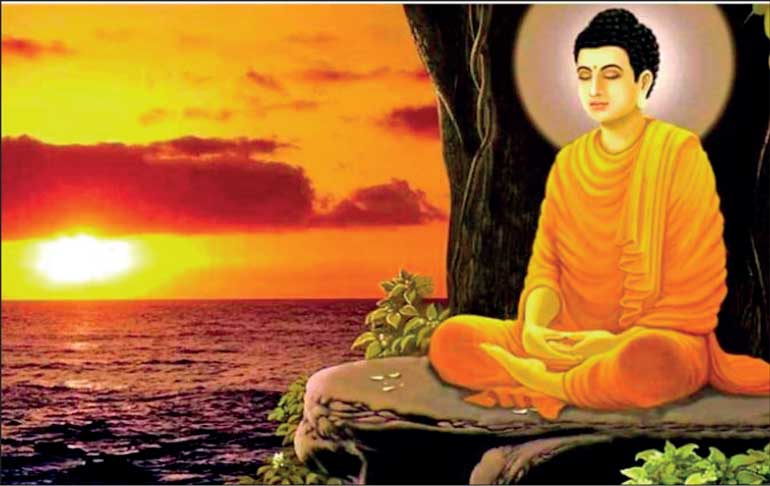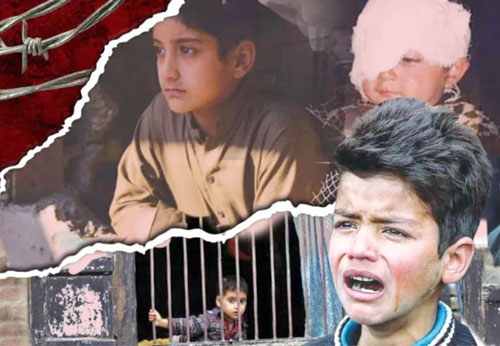
Buddhism, as a religion, has had a solid presence in the heritage of the subcontinent. Pakistan is host to different tourist destinations which promote Buddhism as a religion.
The Dharmarajika Stupa in Takht-i-Bahi in Khyber Pakhtunkhwa, Votive Stupa, Shingardar stupa, and the Amluk Dara Stupa in Taxila, as well as the iconic Buddha statue in Swat, are important heritage sites having religious significance.
In addition to these, 50 archaeological sites are distributed across Taxila, which date between 600 BC to 500AD, and are reminiscent of the Gandhara civilization (Zahid, 2019). Taxila, being the capital or the centre of the civilization, is home to places where Gautama Buddha is believed to have stayed during his travels.
The Taxila Museum has preserved the relics and ornaments for tourists to discover the Buddhists heritage. Although holy pilgrimage is not made by many people to different sites, many tourists are interested in the age-old religion and the heritage preserved.
Buddhist tourism has an estimated market of 500 million Buddhists across the world. Korean Buddhists in particular trace their religious origin to the area that is now Pakistan, where Korean monk Hyecho travelled 1,300 years ago.
A 2016 Gallup survey of the Buddhist population across a selected pool of countries identified 58 million “interested visitors” of which 5pc (2.9 million) were “likely to visit” Pakistan.
Just recently, a 48-feet-long Buddha was also unearthed in Haripur, making it the world’s oldest sleeping Buddha statue. Like Nepal, which preserves the birthplace of the religious leader Buddha, Pakistan has enough important tourist destinations which can attract religious followers of the Buddhist faith.
Apart from the major chunk of the population belonging to Sikhism and Buddhism, Pakistan is home to a small but significant Zoroastrian population. The religion has an old Persian legacy, and the followers of the religion came to settle in the Subcontinent when Persia was conquered by Muslim rulers. The minority religion has different places of worship and temples, and the excessive use of fire in most of their rituals has given the followers their name, fire preachers. By preserving their religious sites, Pakistan can improve interfaith harmony amongst the Parsi diaspora abroad and home.
Today, religious tourism is an important factor in the global economy, that generates a global flow of wealth through travel, boarding and logging of pilgrimage trips, visits to religious sites, participation in religious events and missionary tours in certain parts of the world.
Introducing religious tourism can help Pakistan create harmony amongst the different religious groups, it can also help in improving Pakistan’s soft image in the international community.
In order to uplift religious tourism, Pakistan is hosting three day Gandhara Symposium 2023 on 11-13th July to promote and preserve the rich historical and cultural Buddhist heritage in Pakistan.
By leveraging the power of cultural diplomacy, it further aims to strengthen international relationships, foster mutual understanding and enhance cultural exchange. As the government continues to contribute towards religious tourism by taking initiatives, the benefits of interfaith harmony will expedite a niche in tourism previously overlooked and open windows of opportunity for this sector in Pakistan.
Please visit our website London Institute of Peace Research for latest peace news


